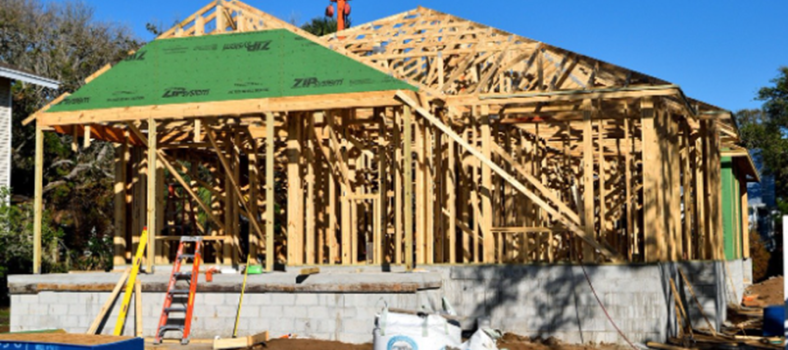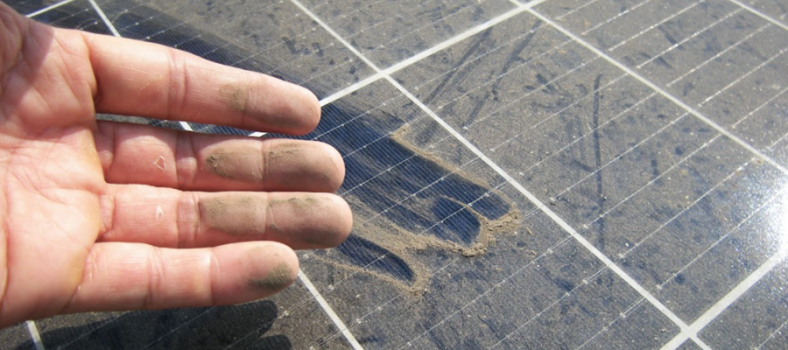A homeowner’s Guide to Asbestos Safety
If you are a homeowner who owns a home that was built prior to or around the year 1980, then there is a good chance that somewhere in your property, there will be something that contains asbestos. As we all know, asbestos is potentially very dangerous to human health, but how do you identify asbestos without the presence of a scientific microscope? This article is designed to help you – the homeowner – to identify the presence of asbestos in your property, in the hopes that it helps you to keep your family safe and secure.
As I said previously, the only sure fire way to completely identify asbestos is to look at a product or substance underneath a scientific microscope. This needs to be done by trained technician who is qualified in identifying asbestos. If you want to identify asbestos in your area, it’s best for you to contact a licensed asbestos removalist like the team at PROAS Asbestos Removal, and to have a sample of the material tested at a laboratory that is registered for this purpose. If there is a commercial property that you have, you need to have a full asbestos audit done on this property, and this will include laboratory testing of all material that is a potential suspect for asbestos.
That said, getting a full scientific test done on all asbestos in the property may not be suitable if you are looking to buy a new property, and if you are looking for asbestos in your current property. Unless the house purchase that you are looking at is imminent, nobody really wants to spend money on an expensive test prior to owning a property. To this end, I have written this article on asbestos identification in the hopes that it can help you to identify asbestos products in a property.
- When you are looking at painted drywall, Masonite, plastered masonry, or some kind of cement based sheet, you can tap it with the end of something – like a screwdriver. The sound it makes can usually tell you if you are looking at asbestos. Any smooth sort of sheeting inside and out that exist on ceilings and walls, and that has an 8 millimetre thick batten covering the joints is immediately suspicious for asbestos.
- Asbestos siding is going to be brittle when you compare it to other more modern kinds of sheeting. As a result, it is quite common to see pieces that will be chipped off near the edges of wall sheeting. Asbestos sheeting in thinner sizes will also have a slight ripple effect that can be seen on the face of it. You may need to get quite close and look on the surface to see this. But if it is asbestos sheeting, it will be there. If you tap on what appears to be painted brickwork that exists on a brick veneer home, and it sounds quite hollow, it could be asbestos that is containing fake brick work.
- Previously, asbestos needed to be identified by the fact that they had a warning label – a stamp – on the back of sheets saying that ‘this product contains asbestos’. If you have a look at some of the sheeting, you may actually see a ‘this product does not contain asbestos’ stamp on some sheeting.
- There is some hearsay that states that if a cigarette lighter is applied to a broken edge of some asbestos sheeting that the fibres will not burn, whereas other fibres in other kinds of sheeting will burn. This kind of method is hardly a scientific approach, and is not something that I would recommend!
Good luck identifying the asbestos in your home – it will be a load off your mind, for sure.






No Comment